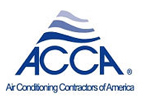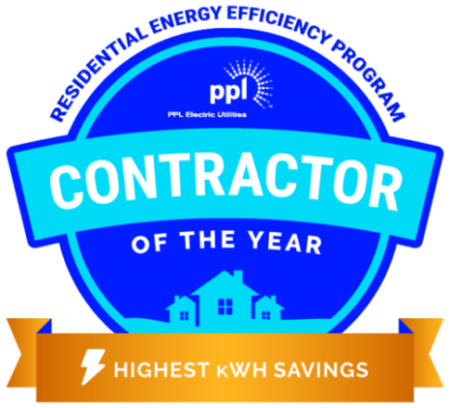How Efficient is a Ductless System
After establishing their popularity throughout Asia and Europe throughout the past three decades or so, ductless heating and cooling units have become a relatively popular method for homes across the United States over the past 10 years.
The industry markets the system as a more effective, energy-efficient and maintenance-friendly option for households seeking an alternative to ductwork window units, and baseboard heating. But what’s the whole story?
Zimmerman Plumbing, Heating & Air Conditioning can assist with your research, as we’re experts in all aspects of heating and cooling. We’ve assembled this guide that details ductless mini-splits and their efficiency.
What Is Ductless Cooling?
To understand why ductless systems hold the potential for higher energy efficiency, it helps to know how they work and compare to traditional heating and cooling units. Most ductless units utilize two-way heat pumps housed inside interior air handlers, which are installed in individual rooms. They are then connected using thin refrigerant conduits and fed outside to the main exterior unit — the condenser.
Ductless systems share the concept of two separate units with central air, with the most significant difference being a lack of ductwork that the latter requires. They also compare to window air conditioners in that you separately control each unit.
So what sets ductless cooling apart? Most units make use of variable-speed compressors with inverter technology (AC to DC), which allows them to meet the set temperature threshold continuously. Doing this eliminates the costly and inconsistent on/off cycling most conventional heating and cooling utilize.
Ductless Heating and Cooling Efficiency Benefits
Now that we’ve established how ductless mini-splits work, we can get into what makes them more efficient than other units. Estimates show that ductless cooling can save you between 30 and 40 percent on energy costs when compared to a forced air system. Here are three primary reasons.
1. You Can Zone Your Air Conditioning
The biggest complaint many people have with central air units is that it can be difficult to have full control of where the air goes. Overheating, overcooling and sending air to unoccupied rooms can all be huge reasons for energy inefficiency. Depending on how your house is designed, you can have up to eight individual units installed throughout various rooms, each with their own thermostat or another form of control, all connected to one outdoor unit.
2. You Avoid Duct Leaks
Ducts get the job done more often than not, but they leave a lot of room for error if something goes wrong. In fact, you can lose up to 30 percent in efficiency through leaks and conduction shortcomings. Instead of having to scour through yards of ductwork installed throughout your home to find leaks — a job better suited for skilled technicians like ourselves — you can significantly cut down on potential conduction issues with ductless mini-splits.
The refrigeration lines, which help supply cooling directly to each zone, are usually about 3 inches wide and only require minimal intrusion into the room. The result is an efficiency increase of about 25 percent.
3. They Operate Well in Any Season
Air and heating units are graded using Seasonal Energy Efficiency Ratios (SEER) for cooling and Heating Seasonal Performance Factors (HSPF) for heating. Energy guidelines establish minimums all products must meet to be viable in the market, with SEER being 13 and HSPF being 7.7. Ductless units can easily top both marks, as they often sit around 16 to 22 for SEER and 9 to 12 for HSPF.
While there is no universal truth on the advantages of ductless cooling, it’s generally agreed upon that these systems — when installed under the right circumstances — are difficult to beat regarding energy efficiency.
What Should You Consider Before Going Ductless?
Your current cooling source if any is a critical component to consider relying on a ductless system. If you are using window units or through-the-wall air conditioners, then it might be a great option to fill those holes and reclaim your windows. If you have existing ductwork in good condition, then maybe not, but a smaller system can remedy troublesome areas that may be experiencing inadequate airflow or none at all.
Equally importantly is the current fuel source available for heating. If natural gas is available, this is a very affordable and comfortable fuel source. But if you are relying strictly on fuel oil or electric baseboard/radiant heat, its very likely that you are a prime candidate to save big year round. Either way, a ductless system can still make a sunroom comfortable or dehumidify a basement.
Equipment options are plentiful with several different options for indoor air handlers. But first selecting the right size system and configuration for your home is very important. Most importantly however, is ensuring that the system will be installed and charged to manufacturer specifications.
Let Zimmerman Plumbing, Heating & Air Conditioning Be Your Trusted Partner
If you’re seriously considering a ductless heating and cooling system, contact us today to assist you. We’ll offer you upfront pricing and a detailed plan of action, so you know the exact specifics of what you’re receiving. Transparency and honesty are just two aspects of our excellent customer service, as we’re committed to your complete satisfaction.











